Kraken - The existence of the most powerful monster of the sea coming out of legend
The Kraken is perhaps the greatest monster in the history of man's imagination. Originating in Northern Europe, the Kraken emerges as a ferocious, ferocious god, churning seas from Norway, Iceland, and as far away as Greenland. In the blockbuster War of the Gods, there is a scene where Zeus screams: "Release the Kraken!". Do Kraken monsters exist?
Ships meet Kraken, it's the end. It used its giant tentacles to tear the wreck to pieces. And in case that fails, the monster will swim around, creating a powerful storm to sink the ship to the bottom of the ocean.
Also according to myth, Kraken is not just... harmful. With its huge shape, it carries large schools of fish in the process of swimming. Fishermen, if brave enough, can take advantage of that and win bountiful catches.
In the movie, Kraken is a giant monster with many tentacles that roars in horror and can destroy an entire city in an instant. It was like the nuclear weapon that Zeus wanted to use to teach the unruly people a lesson to remember. While the filmmakers used rich imagination and unique artistic tricks to characterize Kraken, they didn't have to start from scratch.
Kraken was first described in a manuscript about 1,000 years ago. According to Scandinavian mythology, the Kraken is so big that its body looks like several small islands. Unnoticed sailors rowed towards the "island" and were swallowed by the "island" with its mouth full of sharp teeth.
The Kraken is first mentioned in rvar-Oddr, a 13th-century Icelandic tale involving two sea monsters named Hafgufa and Lyngbakr.
Around that time (circa 1250), another report of the Kraken was recorded in a Norwegian scientific work. This work describes the Kraken's eating habits mainly by trapping fish around by releasing food from its mouth. Others argue that the beast emits a strong and peculiar scent when it wants to feed.
Either way, the fish is supposed to be lured into the Kraken's mouth. As a result, a large number of them will be trapped. The sudden collection of fish was therefore taken as a warning sign for sailors to move their vessels out of a supposedly dangerous area quickly, as they could very well fall victim to the Kraken.
Most research scholars believe that the Kraken monster is based on either a fusion of squid or octopus species. The most common is the belief that the appearance of the beast is closest to a giant squid.
By the 18th century, seafarers had spread stories about the horror called Kraken - a giant tentacle monster that sank ships at sea.
Historians and scientists suggest that the legend of the Kraken is related to the giant squid, which can grow up to 18 meters in length, and is rarely seen by humans because it lives in extreme depths in the ocean. ocean bed.
The fierce battles that took place between it and the sperm whale have been described by many books as a battle between sea gods.
In the legend, it was also described that each time the Kraken appeared, it caused an entire sea to be stirred.
Traditional Scandinavian seafarers can't forget to bring well-forged swords and long hooks to deal with Krakens when they encounter them.
Swedish author Jacob Wallenberg described the Kraken in his 1781 work as being able to rise out of water. When he reaches 10 - 12 years old, Kraken is like a floating island, able to spray water from his fearsome nostrils and make the water ripple around for kilometers.
However, according to seafarers, all precautions against Kraken are ineffective, because Kraken has a rather thick skin plus circular spheres along its tentacles.
Not only was this skin thick as steel, but this skin also secreted mucus that made it difficult for sailors to stand on the deck, let alone use weapons.
And since then, every time they go to sea, sailors often consider praying to the gods not to let them face the Kraken as the most effective way to avoid Kraken.
In 1801 from a report by French sailors of an attack by a mysterious creature off the coast of Angola, a giant animal with enormous "tunches" attacked the merchant ship of Pierre Dénys de Montfort.
This sea demon caused the ship to be badly damaged, many of the crew had never had the opportunity to return.
"From the bottom of the sea a wide and deep water hole was created, and large masts suddenly surrounded our ship. Then those hoses wrapped tightly around the side of the ship, causing the ship to be damaged. badly damaged, and we were completely passive in that situation."
Centuries ago, when the line between mythical beasts and zoological reality was blurred, the Kraken was just one of a few giant animals (dragons, sea monsters, etc.) theirs is controversial. The Kraken is also mentioned in the first edition of the book Systema Naturae in 1735.
A taxonomy of living things, written by Swedish botanist and physician Carolus Linnaeus. He listed the Kraken as a type of cephalopod (mollusk) and gave it the scientific name.
In 1752, Scandinavian bishop Eric Ludvigsen Pontopiddan published a book entitled The Natural History of Norway, which contained a chapter on sea monsters. He describes the Kraken as "round, flat and many tentacles".
Clues that prove Kraken is real
In the late 1800s, scientists had enough credible evidence (including the trunks of some Kraken washed up on Canadian beaches) for the existence of this giant marine animal.
Then, Mark McMenamin, a paleontologist from Mount Holyoke University in Massachusetts, USA, said he had discovered a number of signs that could prove the existence of the Kraken species.
While studying fossils of giant fish lizards, McMenamin found evidence of a Kraken up to 30m long. He continued his research and presented the results at the annual meeting of the American Geological Society in Minneapolis.
Gradually, many experts believe that it is not excluded that the Kraken monster is related to the giant squid.
Since then, biologists have increasingly actively studied this family of sea creatures, but they do not believe that such a large squid exists.
However, in the past 10 years, humans have collected over 300 unusually large products of giant squid when they accidentally got caught in nets or washed up on the beach.
Most giant squid carcasses weigh about 1 ton and are about 15 meters long. There are children weighing up to tens of tons and reaching lengths of more than 20m.
The above record belongs to a squid weighing nearly 25 tons, which was found not long ago in the Tasmania area.
Therefore, many scientists believe that Kraken species can exist everywhere, except for the sea around the Arctic. However, there is still no scientific basis to confirm this statement to be true.
Scientists discovered that the genetic diversity of giant squid is extremely low. Even the giant squid caught in the far reaches of the world differ by less than 1 in 100 DNA codes.
This shows that the giant squid's species-like genes are the most restrictive of all the marine species the scientists investigated.
Thus, it is likely that giant squid exist. However, the explanations related to the giant squid are still questionable, so the story of the Kraken sea monster still needs more thorough explanations.
In 2011, the fossil of a sea lizard showed a strange pattern that one researcher assumed was caused by an octopus like the Kraken description.
The researchers estimate that the creature that defeated the ichthyosaur must have been about 30 meters long, a figure far exceeding the largest known giant octopus.
The fossil has been identified as part of a giant octopus or squid-like creature, along with many bones arranged in unusual patterns that show signs of suckers on tentacles. Besides, scattered bone fragments were also found along with the remains of the ichthyosaur.
Meanwhile, Professor McMenamin asserts that the arrangement of the bones and the location of the suction marks suggest that the ichthyosaur had drowned or had a broken neck. Looks like the monster has been moved, possibly to the Kraken's lair, where it was dumped.
"Kraken" is the prey or the hunter?
One of the most controversial points about the giant squid is whether it has the ability to hunt as legendary as in the legend. And the results came out in 2005, thanks to a video provided by two Japanese researchers, T. Kubodera and K. Mori.
The footage captured an Architeuthis squid at a depth of 900m in the North Pacific Ocean. The squid is very strong, very fast, and uses its tentacles to catch prey. It is truly a fearsome predator in the oceans.
However, despite its size and speed, giant squid still have a natural enemy, which is the sperm whale. According to scientists, the fight between these two giants takes place regularly, based on the skin of many sperm whales with traces of rubbing with the sharp prongs of the squid.
Only, this is not an equal fight. The giant squid's tentacles don't have enough muscle to beat sperm whales. Their only option is to spray ink and run away.
Overall, it can be seen that while Kraken has proven to be real and not too scary, it is clearly still an endless source of inspiration for filmmakers, game designers and novelists.
Although it is not yet known whether the Kraken is just a myth or a real creature, the giant squid is still perhaps the most elusive large animal in the world, which has greatly contributed to the its mystery. Maybe one day a "genuine" Kraken like the legend will appear again?
Why is there a dividing line between the Atlantic Ocean and the Pacific Ocean?  team youtuber11:59:08 01/10/2020You will be surprised to see the scene between the two oceans with a clear demarcation. It seems that an invisible wall exists, preventing the waters of these two oceans from mixing, forming two separate worlds. Nature is something really mysterious, it can be dangerous, brutal with power
team youtuber11:59:08 01/10/2020You will be surprised to see the scene between the two oceans with a clear demarcation. It seems that an invisible wall exists, preventing the waters of these two oceans from mixing, forming two separate worlds. Nature is something really mysterious, it can be dangerous, brutal with power










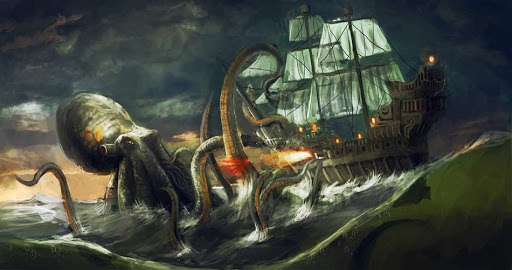
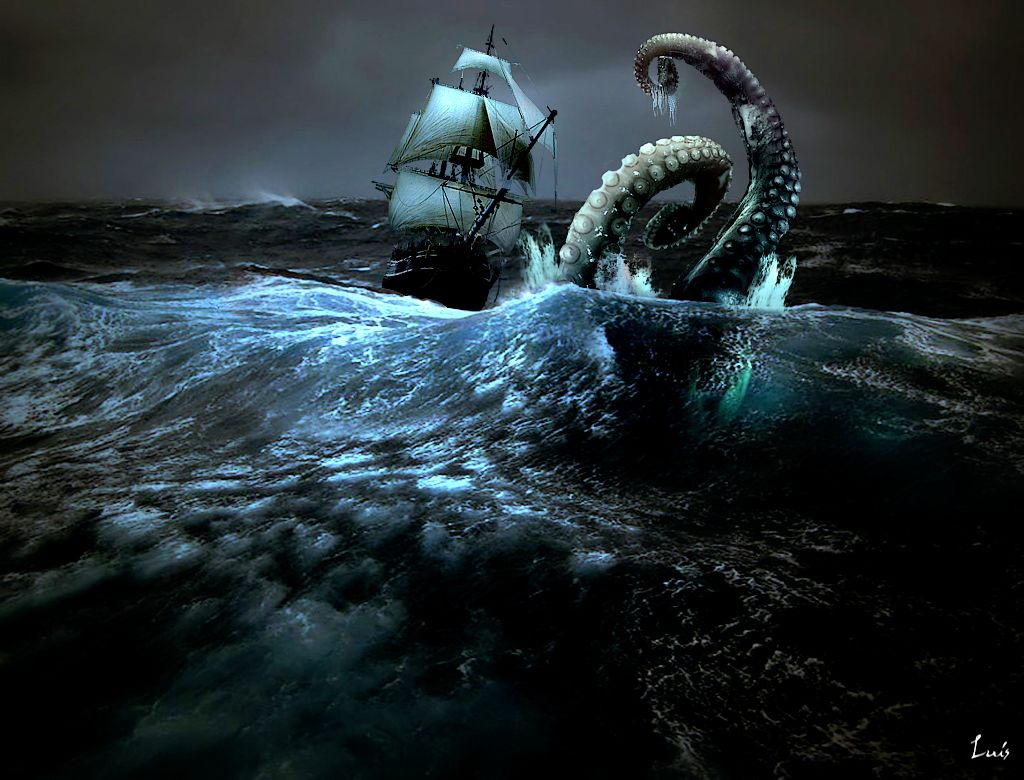
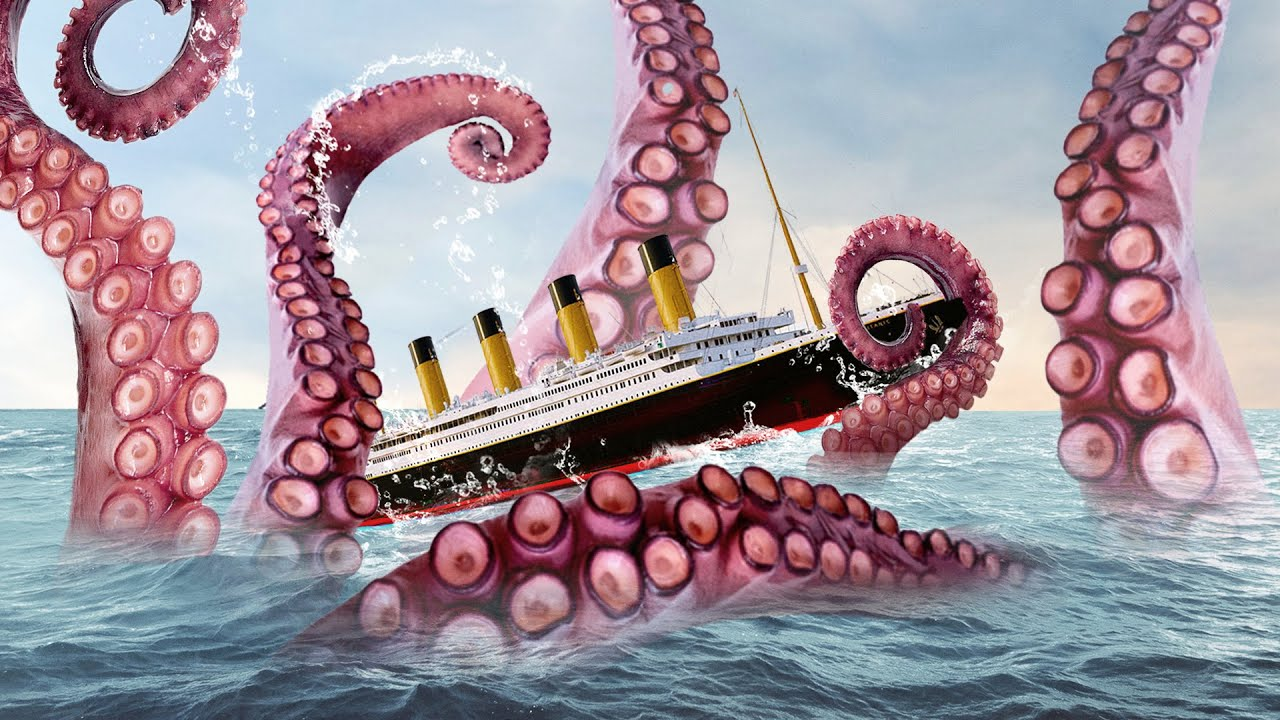
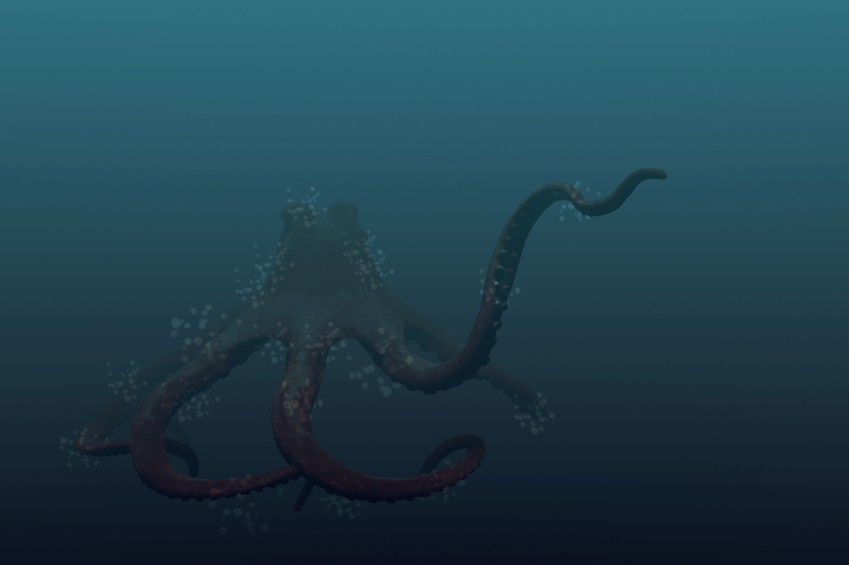
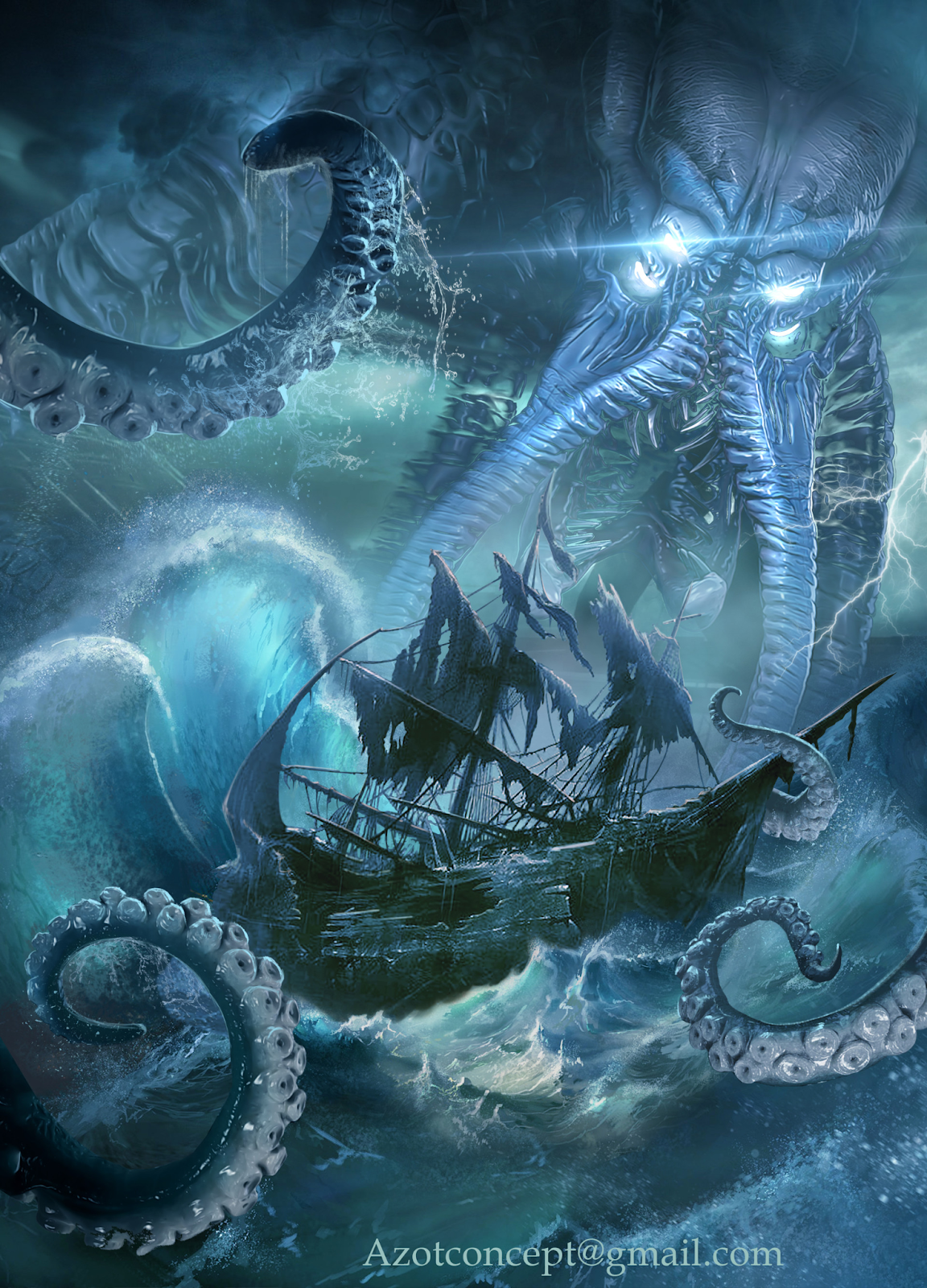
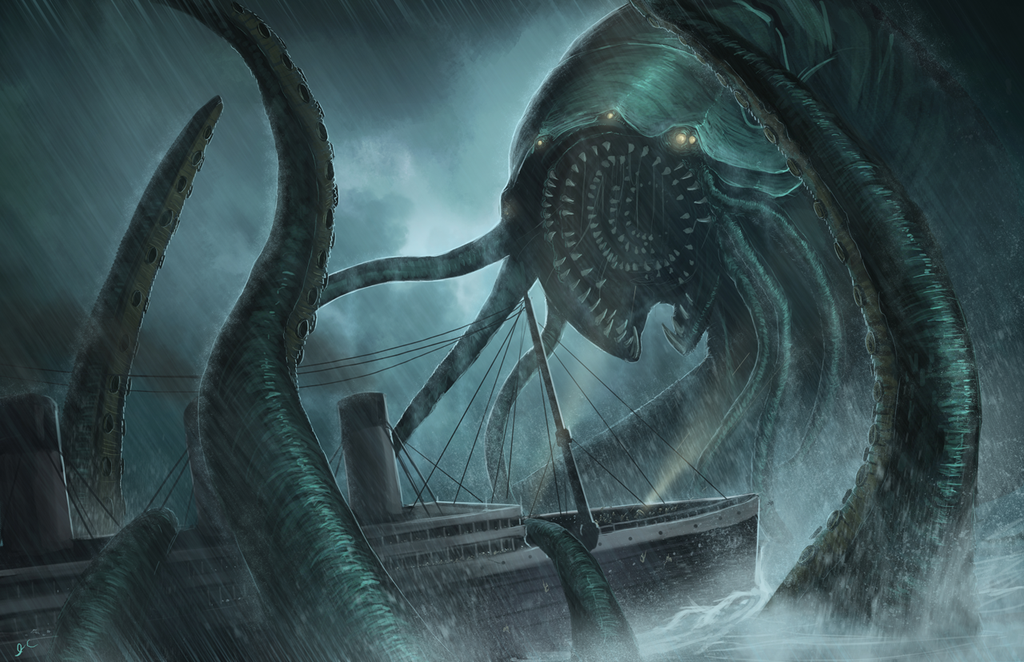
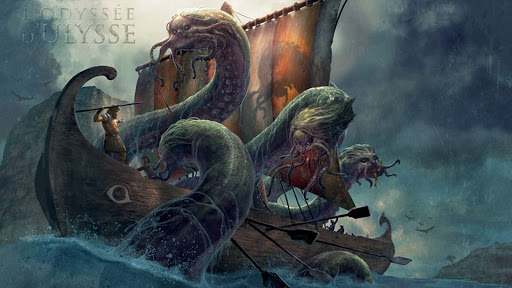
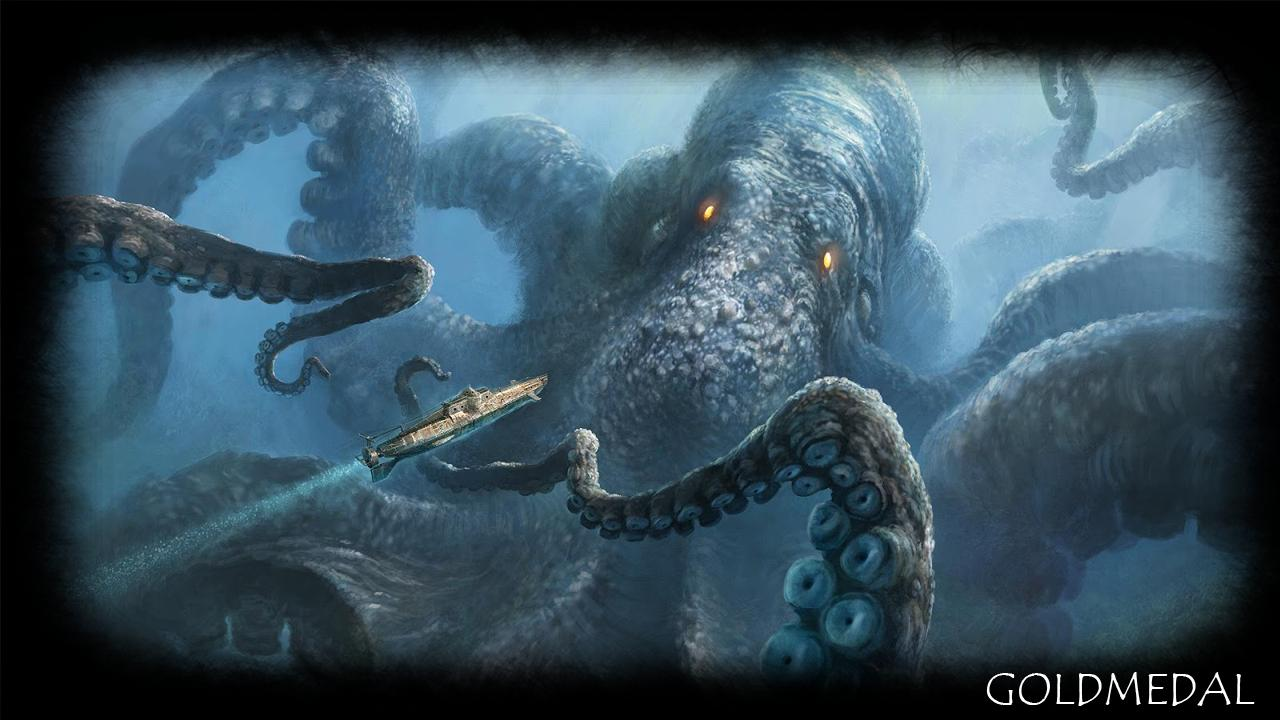
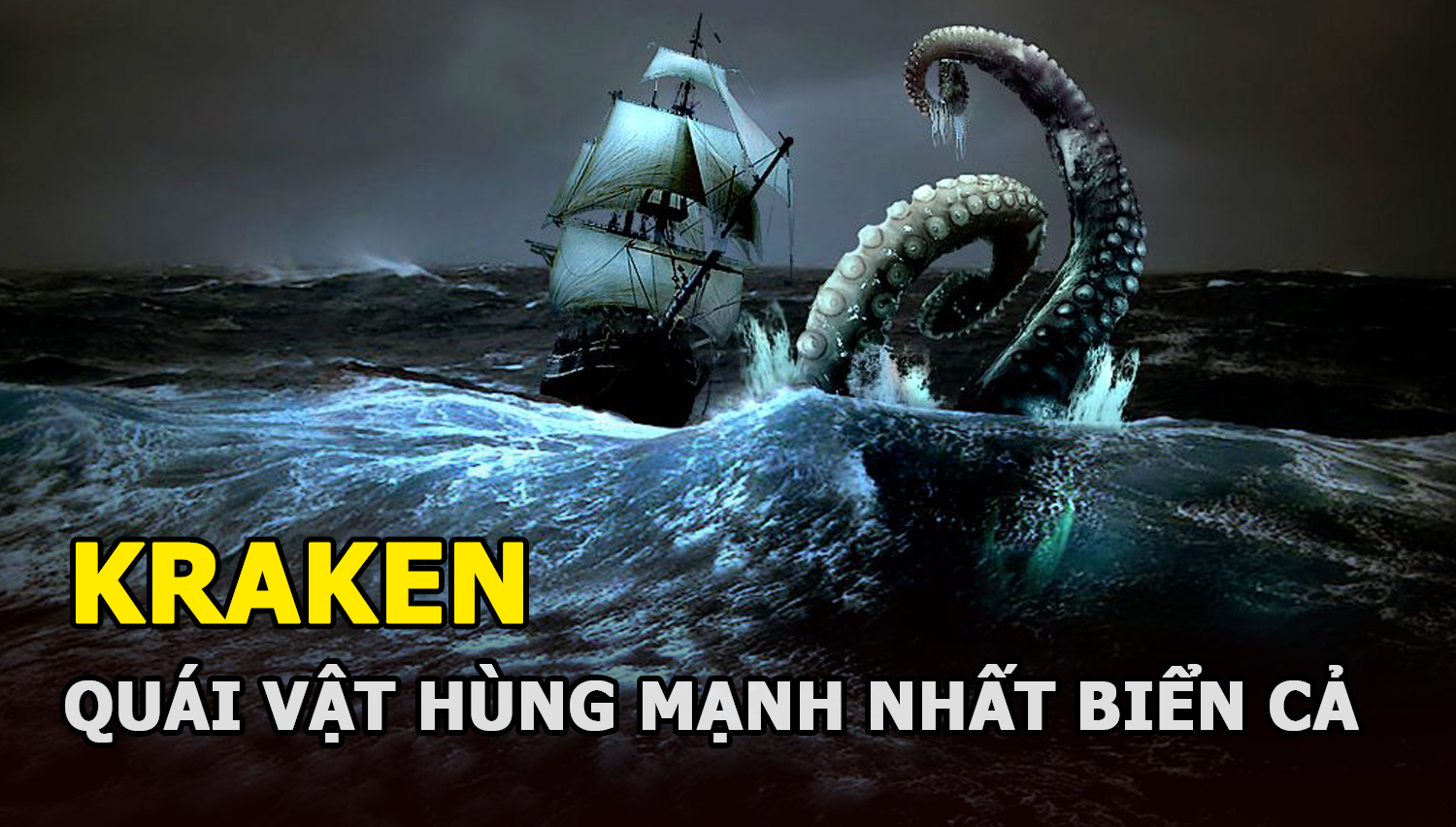
 Nasa almost 'broke apart' during a trip to the Moon 55 years ago, shocking reason
Nasa almost 'broke apart' during a trip to the Moon 55 years ago, shocking reason Vietnam Airlines Turbulence Incident: Passengers Experience Pale Faces
Vietnam Airlines Turbulence Incident: Passengers Experience Pale Faces Empress Dowager Cixi's bed was carved by Westerners, the content is shocking!
Empress Dowager Cixi's bed was carved by Westerners, the content is shocking! Pu Yi humbled himself to apply for a government job, was rejected twice, and finally pushed into this position.
Pu Yi humbled himself to apply for a government job, was rejected twice, and finally pushed into this position. Mystery of the ghost market: Open at midnight, breaking the law and paying the price, some people earn up to 300 million
Mystery of the ghost market: Open at midnight, breaking the law and paying the price, some people earn up to 300 million Forbidden City Mystery: Cracked Brick Courtyard, Accidentally Revealing a Shocking Secret?
Forbidden City Mystery: Cracked Brick Courtyard, Accidentally Revealing a Shocking Secret? Secrets of the Palace: Empress Dowager Cixi was fascinated by a 'creepy' dish that must be included in her meals
Secrets of the Palace: Empress Dowager Cixi was fascinated by a 'creepy' dish that must be included in her meals Elephant's foot: Invisible destroyer, 5 minutes to kill, never dare to come near again!
Elephant's foot: Invisible destroyer, 5 minutes to kill, never dare to come near again! India's hottest groom: turns wedding into a fighting ring, bride's attitude is more surprising
India's hottest groom: turns wedding into a fighting ring, bride's attitude is more surprising Qing Dynasty officials work tirelessly, but are tortured after work, and become mentally ill for one reason.
Qing Dynasty officials work tirelessly, but are tortured after work, and become mentally ill for one reason. The mystery of the universe's 'cry for help', 'conflicts' between planets, science decodes
The mystery of the universe's 'cry for help', 'conflicts' between planets, science decodes The Emperor of the Ming Dynasty established 2 organizations, more powerful, "evil" than the Eastern Factory, Cam Yi Guard
The Emperor of the Ming Dynasty established 2 organizations, more powerful, "evil" than the Eastern Factory, Cam Yi Guard
1 | 0 Discuss | Report